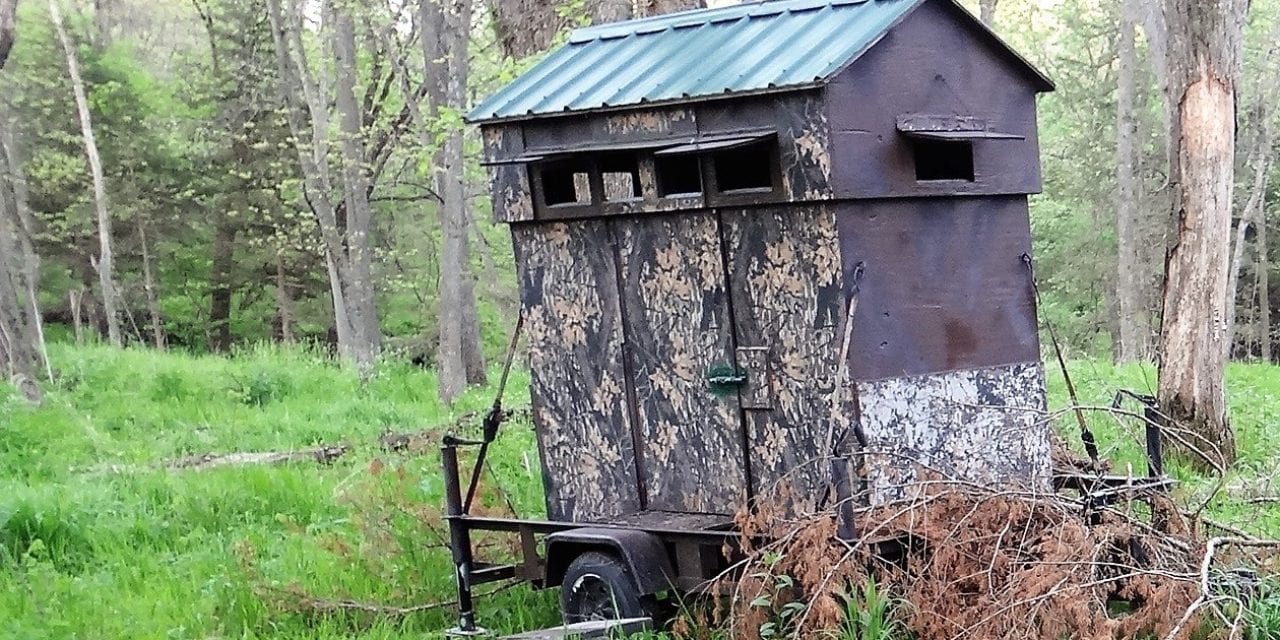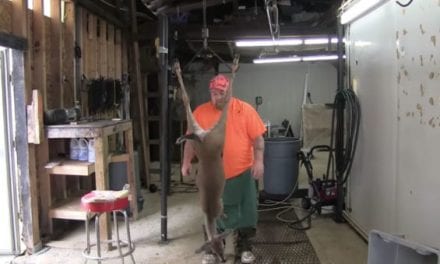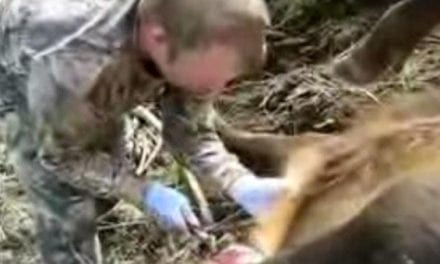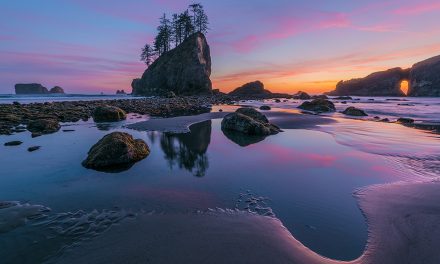You have heard of and perhaps been participating in the Upland Slam challenge. Maybe you’re working on successfully completing your Trout Slam. But, have you ever done a woodland double?
Woodland double?
What’s the “woodland double?”
It is harvesting a deer and a turkey in one hunting session, when legally possible. Oh yes, after checking regulations, you will find that it’s very doable in Nebraska. It’s an unofficial competition though, more of a personal test of skill and ability.
And, guess what? I was able to accomplish this feat on Thursday morning, Nov. 1 while crossbow hunting for white-tailed deer in a trailer blind situated in woodland habitat owned by relatives of mine not far from the Platte River in southeast Nebraska.
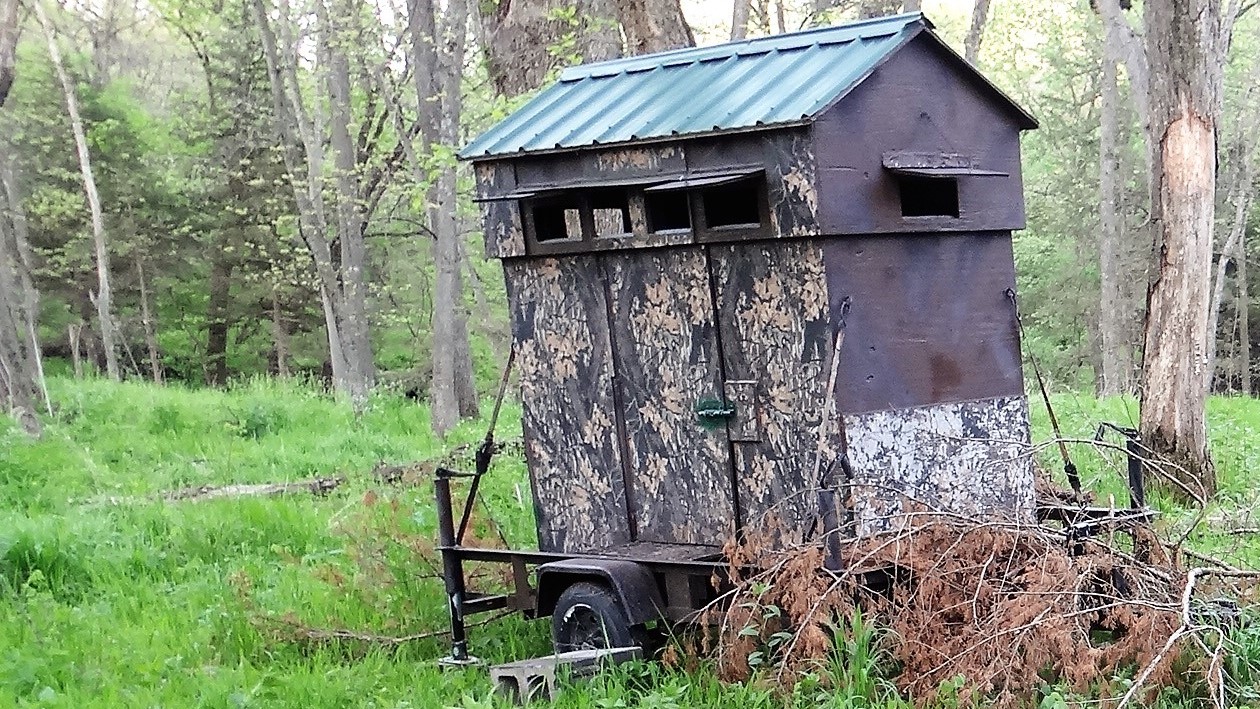
Was it luck? Was it happenstance? Was it good planning? Was it effective hunting?
Probably all of the above. After all, the trailer blind is set up along a main white-tailed deer trail leading from bedding cover to a feeding area and I was aware that turkeys lived in those white-tailed woods, too.
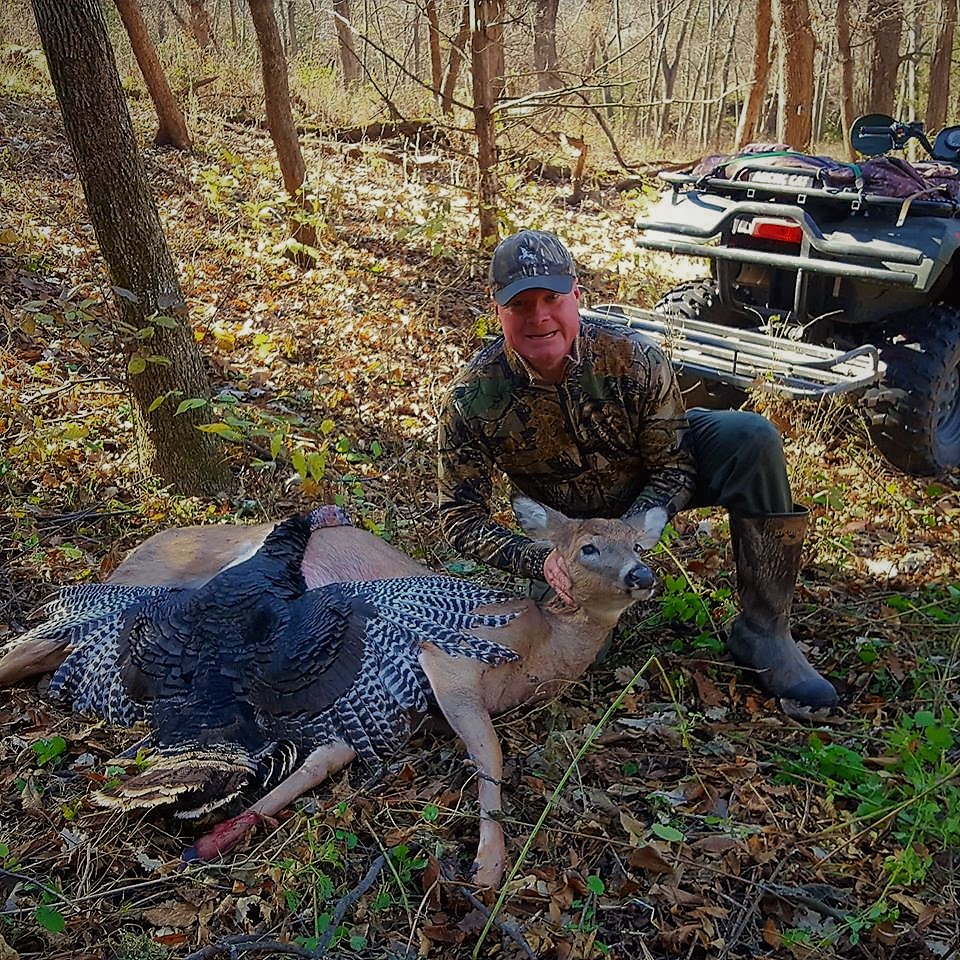
On a few prior hunts, I had heard and seen those crazy turkeys and their antics at a distance. These were hen-jake-jenny flocks. So, for this hunt, I threw a slate turkey call in my backpack along with my deer buck grunt calls, rattling bag and antlers in hope of luring both a turkey and a large-antlered adult buck to within shooting range. I knew I would I see adult does and was ready to take one as well.
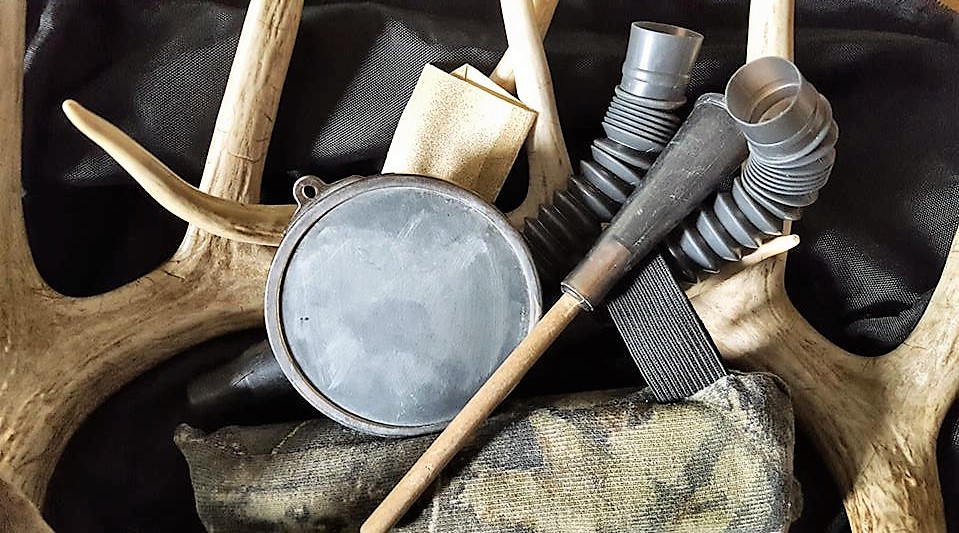
It was an excellent move. I called in a large hen turkey, had an adult deer doe close and experienced success!
The interesting caveat about this hunting harvest, however, was the really short time span of which I took both the deer and the turkey.
First, I shot the adult white-tailed deer doe out of one of the front blind windows (at 7 yards), and then was able to quickly and safely reload the crossbow, turn to the back blind window and shoot a big hen wild turkey (at 8 yards) in about one-minute! I kid you not! Of course, I had permits for both species.
You may recall that for years, I have told those of you hunting for deer and other game species in Nebraska during the fall to buy a wild turkey hunting permit because, chances are, at one time or another, you’re going to see turkeys and have one or two of them close enough for a good shot. Wild turkeys and white-tailed deer share the same habitats in Nebraska. Do you remember me stating all of that? Here’s that blog post link to jog your memory: 25 Reasons to Hunt Turkeys in the Fall
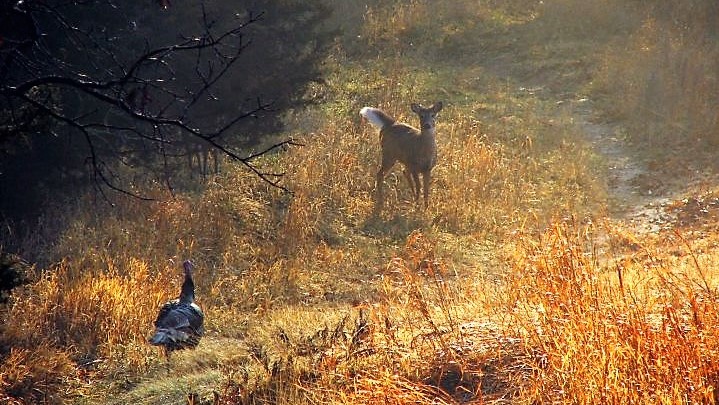
I hate to be cliche but “I practice what I preach!”
Do you think the woodland double has validity to become an official hunting challenge?
I do! I don’t believe it has to be accomplished in one session or one day, just in one season. Consider these statements of support for it.
- White-tailed deer and wild turkeys are abundant game resources accessible to many Cornhusker State hunters since they both thrive in all 93 Nebraska counties!
- Deer hunting is the most popular of all Nebraska hunts when you look at the number of permit holders, so there would most likely be a high number of participants. With youth permits for deer and turkey, the woodland double may be more popular than even imagined.
- The woodland double would provide for more outdoor recreation for hunters as a mixed bag option since seasons are lengthy and overlap. The woodland double would provide for an increase in turkey permit sales for the fall (the fall turkey season is nowhere near as popular as the spring turkey season). The woodland double would provide for a wildlife management tool that could help curb turkey numbers in the fall by harvesting more hens where there may be too many birds. In fact, a given wild turkey flock has its highest numbers in the fall of the year!
- In addition, woodland habitat is associated with white-tailed deer and wild turkeys. While Nebraska is primarily known as an agricultural and grassland state, our forest resources are surprisingly substantial and growing. Since 1983, the number of forested acres has increased by well over 500,000 acres to more than 1.5 million, according to the USDA Forest Service! Timberland accounts for about 92 percent of all forest land, if you’re wondering.

Now maybe I have you contemplating an attempt at a woodland double, huh? Buy both permits and habitat stamp, and go for it! Here are some tips I would suggest to assist you with earning that woodland double:
- Look for signs of both species — white-tailed deer and wild turkey — in your hunting area (tracks, scat, etc.).
- Trail or game cameras are invaluable aids to use to find out if turkeys are sharing the same trail as white-tailed deer. Note the times they appear nearest to each other on the trail and time your hunt accordingly with legal shooting hours in mind.
- To avoid a conflict with your main objective — deer hunting, play the wind and target fall flocks of wild turkeys from late morning through midday. Use your hen turkey call as an advantage to get an inquisitive bird from a flock to come near you! Who knows, if you’re deer hunting during the “rut,” you may end up harvesting a nice, white-tailed buck during that time period as those bucks continually seek does throughout the day.
- Ground blinds established or set up along main deer trails between the turkeys’ roost and their food source is the perfect scenario for the woodland double. Camouflaged ground blinds, whether permanent or portable, offer what is referred to as “relaxed concealment” for the hunter to be able to sit comfortably out of sight through the day or for long periods of time before the shot is taken.
- Visit with other deer hunting friends on the same land or neighboring properties to learn if they are seeing turkeys. Perhaps they don’t care about the opportunity to bag one for the dinner table. Offer to switch blinds or stands, especially if the other hunters are not seeing any deer.
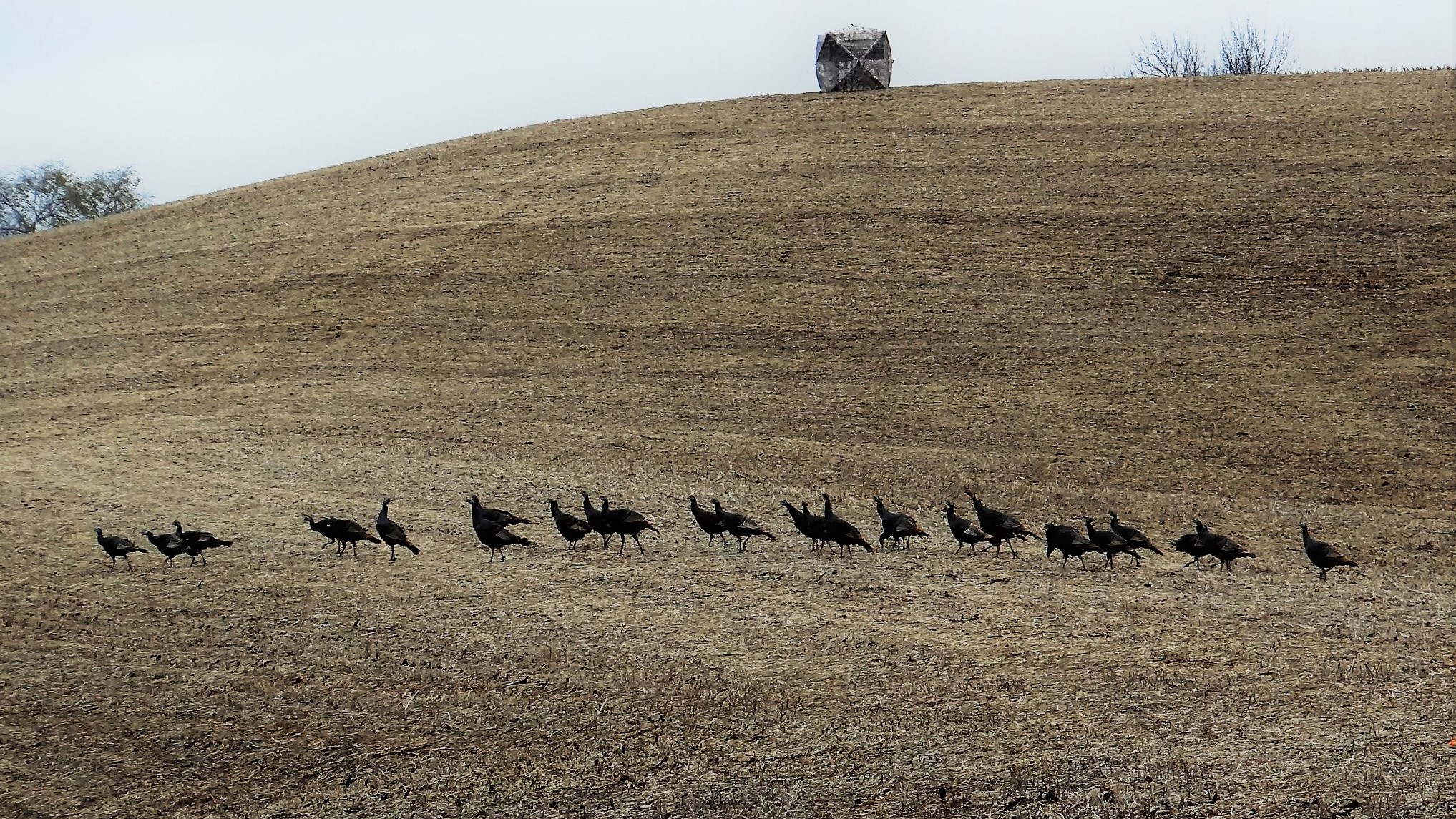
- Keep in mind, whether required or not, wearing blaze or hunter orange is a good idea when moving through the woods from one location to another in the fall. At a quick glance, hunter orange may be confused with the red color of a gobbler’s head, so as always, be sure to completely identify your target (and background) before firing the shot.
A good friend of mine, on-air radio announcer Crash Davis of Omaha’s 101.9 FM, asked this question about the woodland double on my recent personal Facebook page post about it: “Are you planning on baking that turkey in the deer’s cavity like a turducken? I mean, we know the deer ain’t fitting in that turkey, right? (cool stuff amigo). “My response: It’s “deerturken” for Thanksgiving (turkey inside the deer’s cavity)! Great to hear from you, buddy!
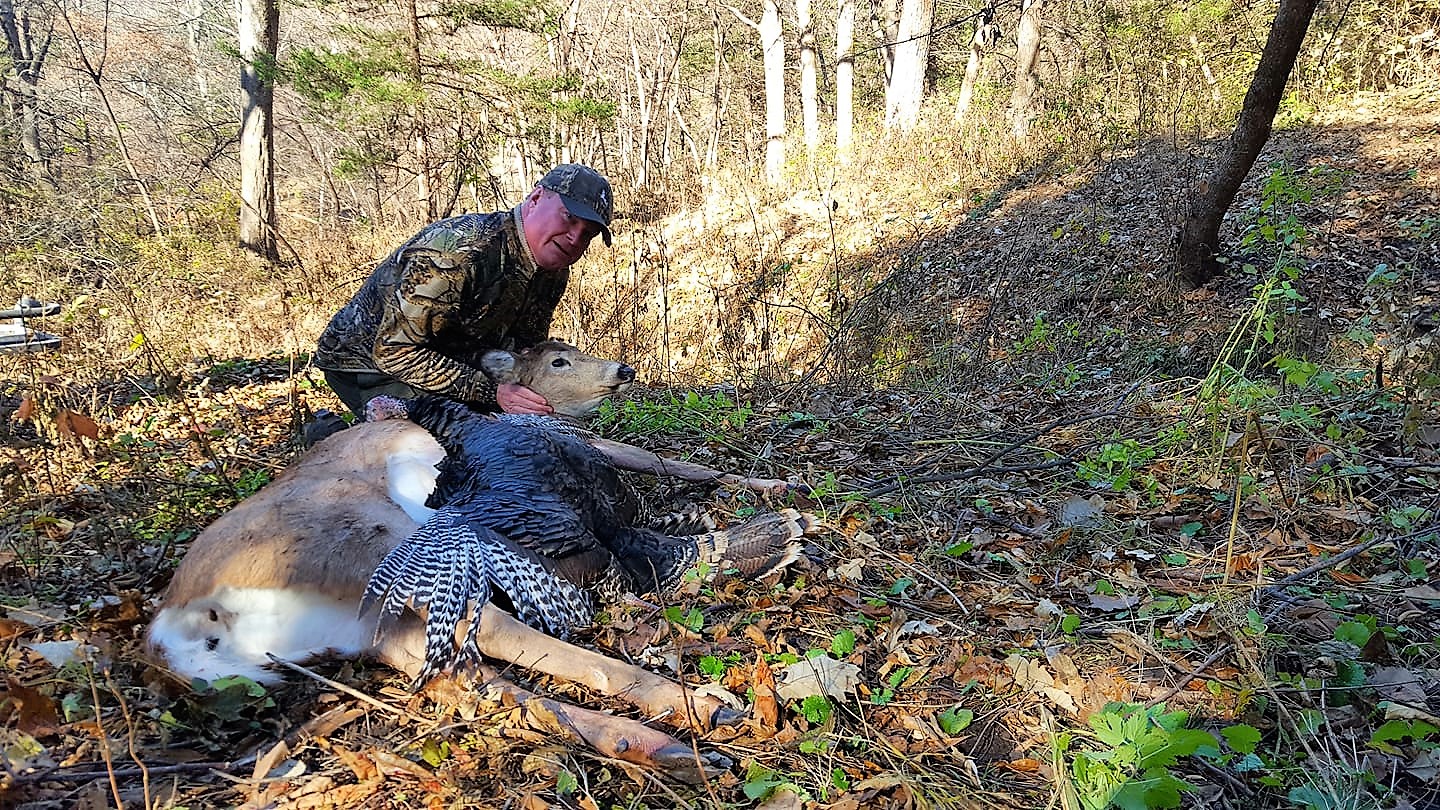
The post The Woodland Double appeared first on NEBRASKALand Magazine.

